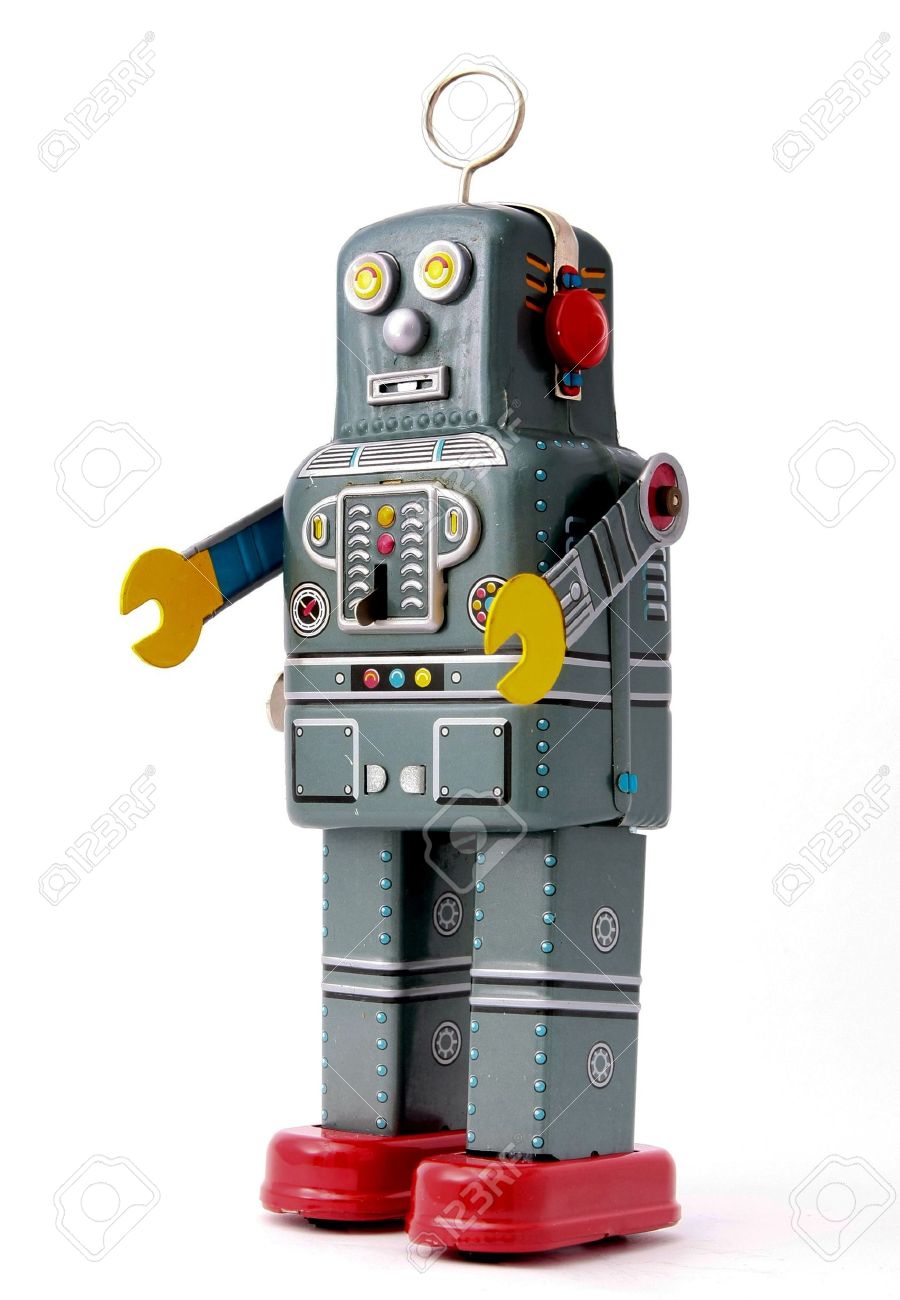
Hey this is Austin from the TA team. We’ve been working on a project that includes a unique robot character – let’s call him Mr. T. This blog post is about how we created Mr. T’s voice from scratch.
Mr. T is an older, mechanical robot. His character has a lot of heart and soul, and his best friend happens to be human. Mr. T doesn’t have an expressive face, so most of his communication is left to our sound team. Our core objectives were to find the character and timber of Mr. T’s voice, and then use it in specific and deliberate ways for every moment he should communicate verbally.
First, we played the project from beginning to end and begin considering Mr. T’s emotional arc. I created spot notes, paying close attention to context, asking myself questions like:
- What is going on in this scene around Mr. T?
- What are his expectations?
- How does another character’s motivations affect his emotional responses?
We sat down with my “Mr. T’s Emotional Response Spot Notes” document, started experimenting with my own voice into a microphone and hit record. I tried to follow my notes, but also reacted to other characters in the scene as if I was playing the role of Mr. T.
I tried to stay conscious of the actual sounds I was vocalizing. Mr. T knows how to say a few simple English words, but he definitely isn’t a chatty character. Most of what we recorded were just raw vocalizations like groans, “huhs”, “ums”, etc. I tried saying words like “ok” and “no”, which helped give us a little freedom to be even more emotionally deliberate. Once we had a lot of decent takes for each vocalized “line”, we began pulling “selects” to construct one single track containing all our favorite options.
At this stage, everything sounded like my raw voice babbling. The emotional intention was captured, but still pretty raw in terms of quality. Now it was time to shape these into a sonic profile for a small, old robot.
After finishing the recordings, we began playing with some granular textures using Native Instrument’s sampler, Kontakt. To do all this, we exported the recordings out of Pro Tools and brought them into Kontakt. Our plan with Kontakt was to stretch things out in order to deliberately introduce digital artifacts, and then squash things back down to make fit back into the proper timing.

In Kontakt, we set up a signal flow system so that we could hit record and just jam, allowing the original recordings to loop while tweaking parameters on the fly. Now we could freely experiment and remove any bad takes later on. The parameters we tweaked were time, pitch and grain size. These three parameters together influenced how stretched out something could be, and the sampler’s ability to smooth out artifacts. In order to deliberately introduce artifacts, we had to stretch things out pretty drastically. If things started sounding weird, I was encouraged!
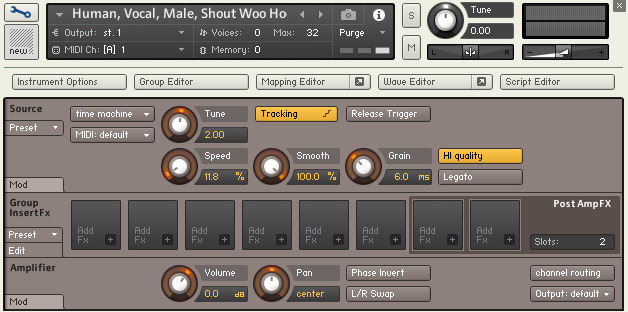
Once we had a nice collection of Kontakt recordings, I began shortening the stretched out recordings using pitch/time based AudioSuite plugins in Pro Tools. For some words or moments I’d do a little extra pitching as well. It definitely lost its human quality by now – the digital artifacting helped to define its robotic details.
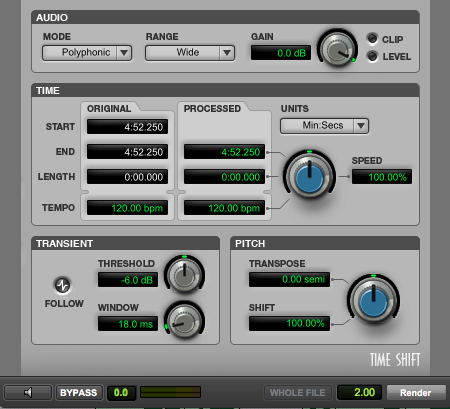
Our next step was to select and cut down the recordings, pick our favorite clips and time them to picture. We kept our eyes peeled for takes that were emotionally accurate, technically interesting and original. We also tried adding things like little stutter edits and repeated frames to further emphasize the robotic nature of Mr. T’s voice.
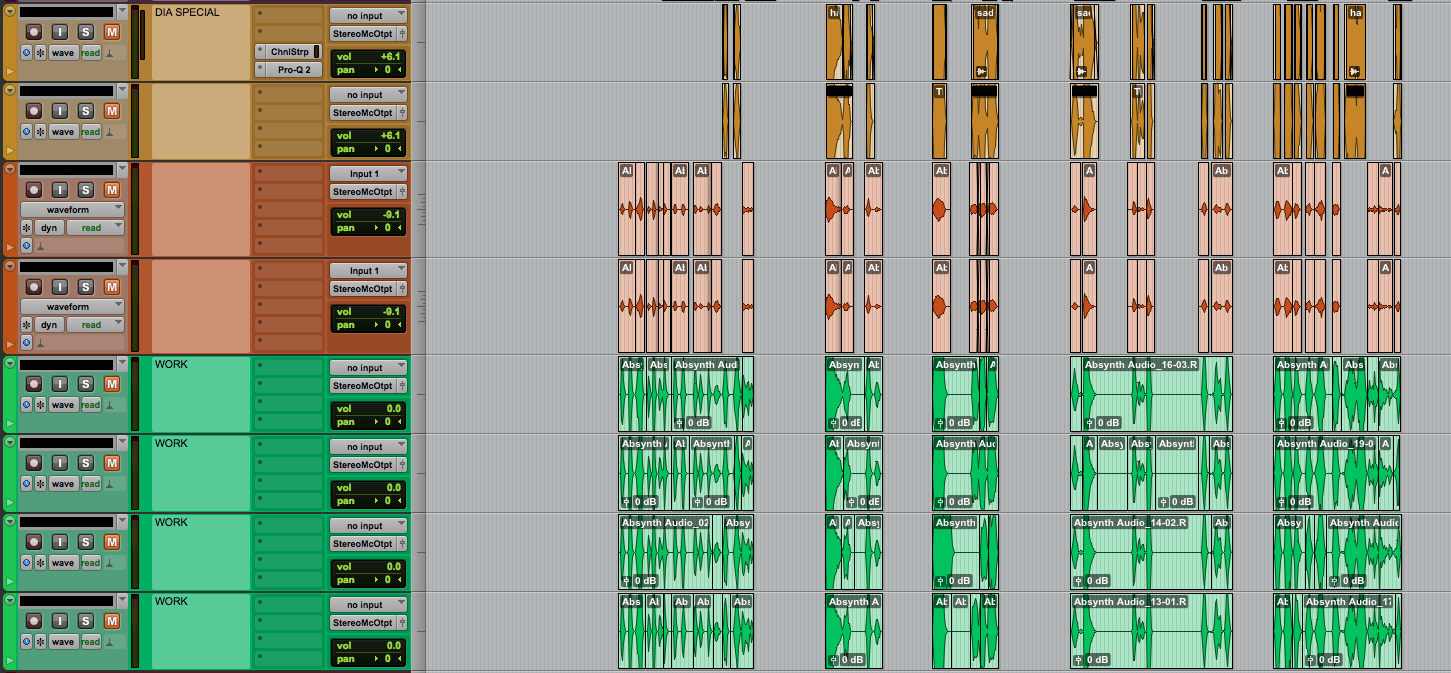
Another goal we had was to make these sounds feel like they were coming out of an old, small robot. The first place my mind went was to old, dinky guitar amps. This would make his voice sound like it’s coming from an imaginary, tiny speaker in Mr. T’s body. To achieve this, we boxed in and distorted Mr. T’s dialogue track. It’s easy to go overboard with an effect like this, so we tried to exercise restraint while using Fab Filter’s multiband distortion plugin, Saturn. Finally, we now have a set of vocalizations for Mr. T as an emotional character, which also incorporates aspects of his size and materials.
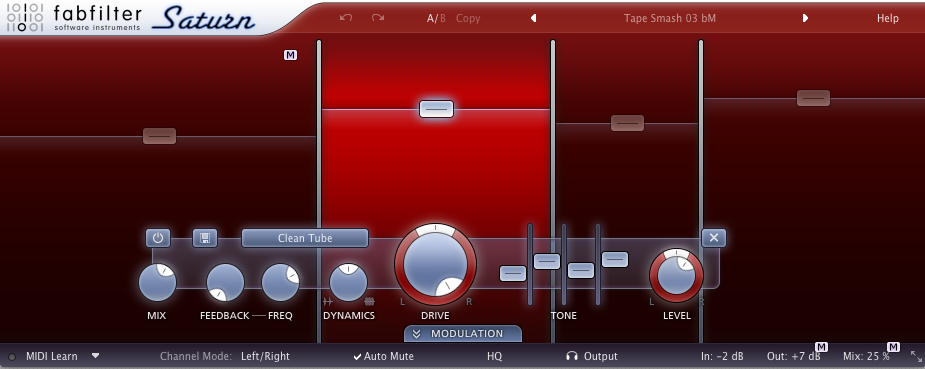
As we reflect back on this process, I think the most important factor was being as emotionally deliberate as possible in Mr. T’s performance. Deciding what he’s feeling, and finding the simplest way to convey it, was essential. The order of operations ended up being fairly simple: establish an emotional sound that’s relatable and easily understandable, then figure out how to separate it from humanity and stylize it to sound unique.
Sound design is a great medium for technical and creative expression, especially as storytellers. To be able to work on a project like this from a character and story-based intention, and then use unique technical processes to achieve it, required some finesse but absolutely paid off. Opportunities like this allow us sound people to flex all of our muscles.
We live for creative challenges like these!

